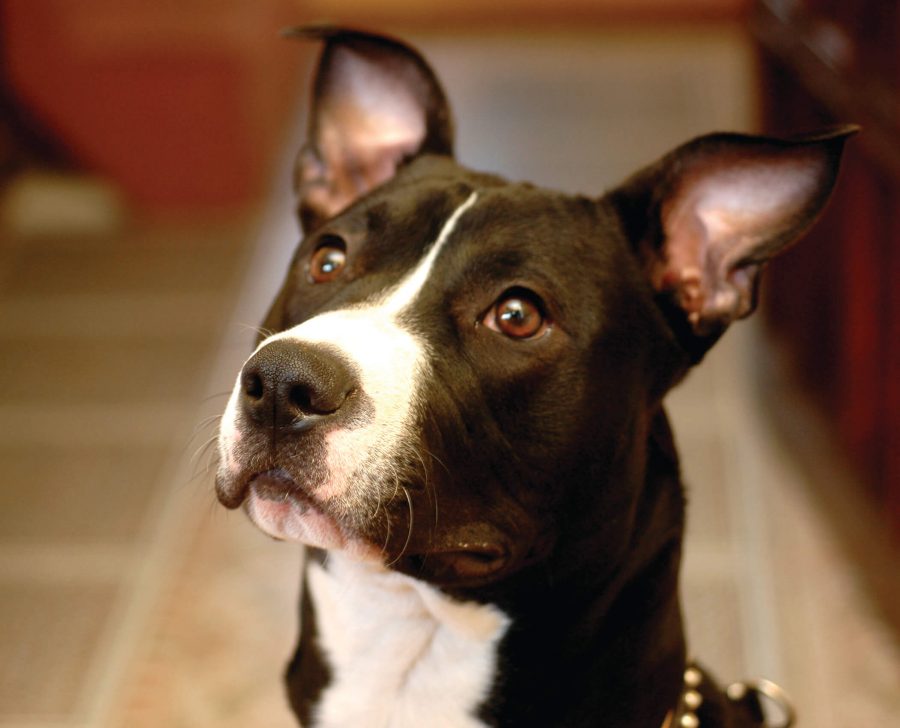As a dog parent, you’ve probably found yourself on poop patrol more times than you can count. But have you ever stopped to consider the color of their urine? Your dog’s pee can be a window into their health, offering valuable clues about hydration, diet, and potential medical issues. Let’s dive into the colorful world of canine urine and explore what different shades might mean for your four-legged companion.
The Ideal Hue: Pale Yellow to Amber
In a perfect world, your dog’s urine should be a pale yellow to amber color. This indicates your pup is well-hydrated and their kidneys are functioning properly. If you’re seeing this golden hue, give yourself (and your dog) a pat on the back for maintaining good hydration habits!
Clear as Water: Potential Overhydration
While it might seem counterintuitive, completely clear urine isn’t necessarily ideal. If your dog’s pee looks like water, it could mean they’re drinking excessively, which might indicate underlying issues like diabetes insipidus or kidney problems. However, don’t panic if you see this occasionally, especially after a long play session or on a hot day.
Dark Yellow to Orange: Time to Hydrate
If your pup’s urine is dark yellow or even orange, it’s likely a sign of dehydration. This concentrated urine means your dog’s body is trying to conserve water. Ensure fresh water is always available and encourage your dog to drink more. If the color persists despite increased water intake, it’s time for a vet visit.
Red or Pink: Potential Blood in Urine
Seeing red or pink in your dog’s urine can be alarming, and rightly so. This coloration often indicates the presence of blood, which could be due to urinary tract infections, bladder stones, or more serious conditions like tumors. Don’t wait – contact your veterinarian immediately if you notice this color.
Brown or Cola-Colored: Muscle Breakdown or Liver Issues
Brown or cola-colored urine is another cause for concern. This dark shade could indicate the presence of myoglobin, a sign of muscle breakdown, or bilirubin, which might point to liver problems. Either way, it’s crucial to seek veterinary care promptly.
Green or Blue: Unusual but Possible
While rare, green or blue-tinged urine can occur. This unusual color might be due to the ingestion of certain foods or medications, or in some cases, it could indicate a rare genetic condition or the presence of bacteria. If you notice these colors, especially if accompanied by other symptoms, consult your vet.
White or Cloudy: Potential Infection or Crystals
Cloudy or milky urine can suggest the presence of pus, indicating a possible urinary tract infection. It could also mean there are excess minerals forming crystals in the urine. Either way, it’s best to have your furry friend checked out by a professional.
Factors Affecting Urine Color
Remember, several factors can influence your dog’s urine color, including hydration status, diet, medications, and underlying health conditions. Occasional variations in color are normal, but persistent changes warrant attention.
When to Worry and What to Do
While this guide provides general insights, it’s essential to consider your dog’s overall behavior and any accompanying symptoms. If you notice persistent changes in urine color, especially when combined with other signs like increased thirst, frequent urination, lethargy, or loss of appetite, don’t hesitate to consult your veterinarian.
A Rainbow of Health Insights
Monitoring your dog’s urine color might not be the most glamorous part of canine parenthood, but it’s an invaluable tool for maintaining your furry friend’s health. By staying observant and understanding what different shades might indicate, you’re better equipped to catch potential issues early. Remember, when in doubt, your veterinarian is your best resource for ensuring your pup’s urinary health stays golden!
Animal Wellness is North America’s top natural health and lifestyle magazine for dogs and cats, with a readership of over one million every year. AW features articles by some of the most renowned experts in the pet industry, with topics ranging from diet and health related issues, to articles on training, fitness and emotional well being.
